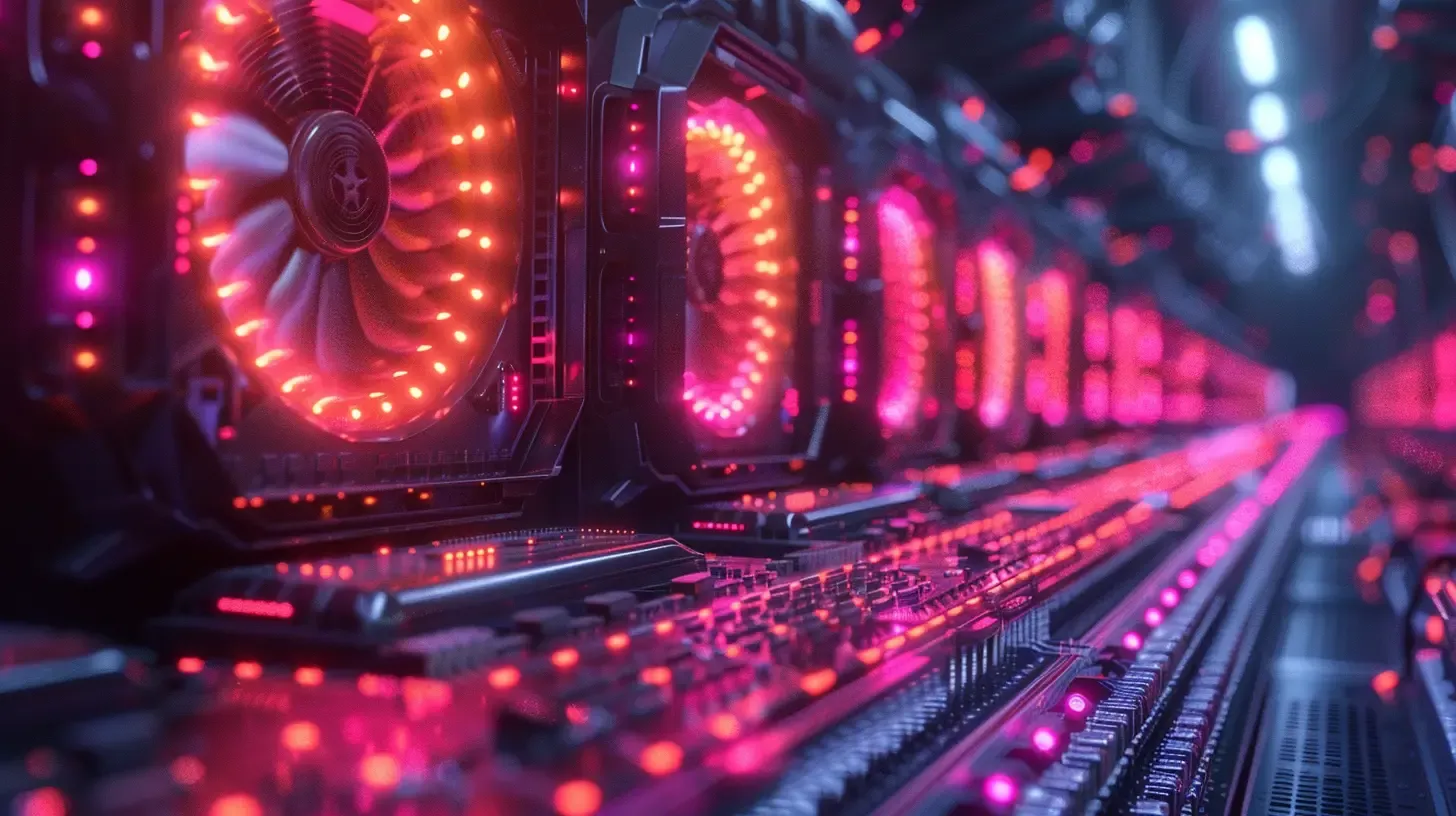24 February 2024
GPUs Transform Everyday Life and Future Horizons.

Press the play button in the top right corner to listen to the article
Graphics Processing Units (GPUs) have transcended their original role of rendering images in video games to become a cornerstone of modern computing, impacting both advanced users and the general public. Their evolution reflects a journey from specialized hardware to multifaceted accelerators that drive innovation in various fields. Initially designed to offload complex rendering tasks from the CPU, GPUs have become indispensable for their ability to handle parallel processing tasks efficiently.
This characteristic makes them particularly suited for a wide range of applications beyond graphics, including artificial intelligence (AI), deep learning, scientific simulation, and data analysis. For advanced users, such as data scientists and AI researchers, GPUs are pivotal in training complex neural networks. The parallel processing capabilities of GPUs allow for faster computation of multiple operations, significantly reducing the time required for training models on large datasets. This acceleration is vital for the development of AI applications, such as natural language processing, computer vision, and autonomous vehicles.
The impact of GPUs extends to everyday users through the enhancement of consumer applications. Graphics-intensive games, real-time video editing, and ultra-high-definition content streaming are made possible by the computational power of GPUs. Furthermore, the integration of AI features in smartphones and home devices, such as voice assistants and smart cameras, relies on GPU-accelerated processing to deliver responsive and intelligent functionality. Looking to the future, the role of GPUs is set to expand further. With the advent of the Internet of Things (IoT) and edge computing, GPUs are being deployed closer to data sources to facilitate real-time processing and decision-making. This shift is expected to drive advancements in smart cities, healthcare monitoring, and automated industrial systems, where latency-sensitive tasks can benefit from the immediate processing power of GPUs. Moreover, as we move towards more immersive digital experiences, such as augmented reality (AR) and virtual reality (VR), the demand for high-performance GPUs will continue to grow.
These technologies require substantial graphical processing to create seamless and realistic experiences, pushing the boundaries of current GPU capabilities. The democratization of GPU access through cloud computing platforms has also opened up opportunities for users with varying levels of expertise. Cloud-based GPUs provide scalable resources for projects requiring high computational power, making advanced simulations and AI model training accessible to a broader audience without the need for significant hardware investments. In conclusion, GPUs have become a pivotal technology in our lives, enabling a wide array of applications for both advanced and everyday users.
As we look to the future, the evolution of GPU technology promises to unlock new possibilities, driving innovation across industries and enhancing our interaction with the digital world. The journey of GPUs from niche to ubiquitous technology illustrates their transformative potential, shaping the future of computing and beyond.
The content, including articles, medical topics, and photographs, has been created exclusively using artificial intelligence (AI). While efforts are made for accuracy and relevance, we do not guarantee the completeness, timeliness, or validity of the content and assume no responsibility for any inaccuracies or omissions. Use of the content is at the user's own risk and is intended exclusively for informational purposes.
#botnews















































































